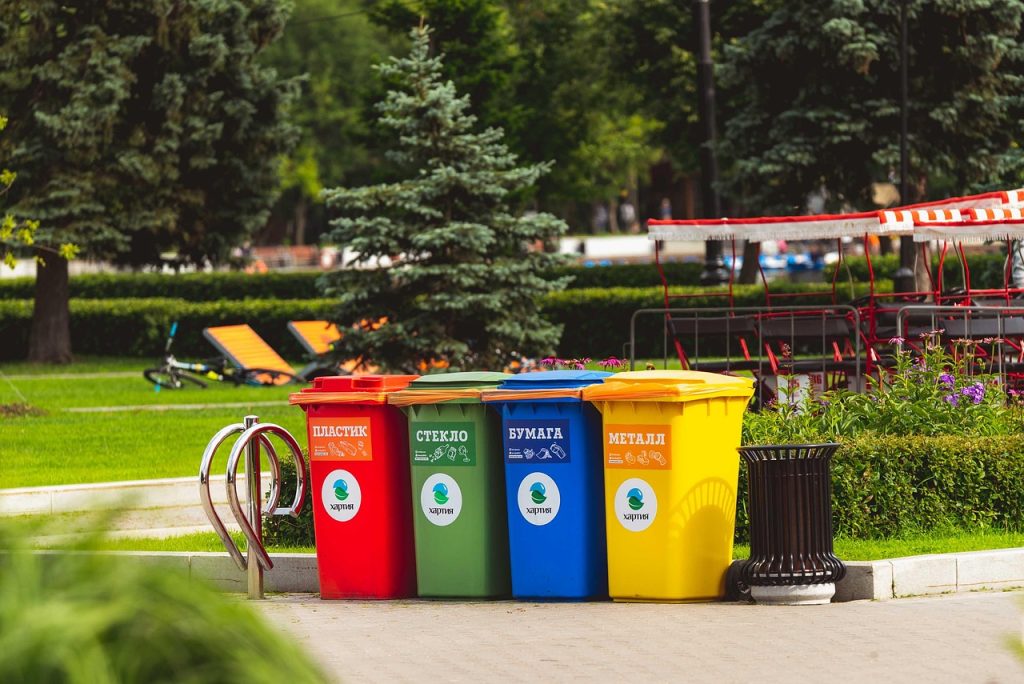Every day, we throw things away without a second thought. But what if that “trash” could become something valuable instead?
That’s the idea behind waste valorization – turning waste into useful resources.
This isn’t just better recycling. It’s a smarter way to use what we already have.
In this article, you’ll learn:
- How the process really works
- Why it matters for our planet
- The surprising ways businesses are using it
- How you can be part of this change
The truth is simple: there’s no such thing as waste – just resources we haven’t used right yet.
What Is Waste Valorization?
Waste valorization is the process of converting waste materials into useful products, energy, or raw materials to give them a second life instead of dumping them in landfills.
Unlike traditional recycling (which often downgrades materials), valorization enhances waste, making it more valuable than before. Think of it as “upcycling on steroids.”
Key Methods of Waste Valorization
Different types of waste require different approaches.
Here’s how it works:
1. Thermal Valorization (Heat-Based Processes)
- Incineration with energy recovery: Burning waste to generate electricity.
- Pyrolysis: Heating organic waste (like wood or food scraps) without oxygen to produce bio-oil, syngas, or biochar.
- Gasification: Converting waste into synthetic gas (syngas) for fuel.
For Example: Sweden incinerates 50% of its household waste to power homes, reducing landfill use.
2. Biological Valorization (Using Microbes & Natural Processes)
Here’s how this works:
- Anaerobic digestion: Bacteria break down organic waste (food, manure) into biogas (methane for energy) and fertilizer.
- Composting: Turning food scraps and yard waste into nutrient-rich soil.
For Example: Starbucks uses coffee grounds to grow mushrooms, then sells them to local farms.
3. Chemical & Mechanical Valorization
- Chemical recycling: Breaking down plastics into raw materials for new products.
- Mechanical upcycling: Reprocessing textiles, glass, or metals into higher-quality goods.
For Example: Adidas makes sneakers from ocean plastic through its Parley collaboration.
Why It’s Different From Traditional Waste Management
| Traditional Waste Management | Waste Valorization |
| Landfills, basic recycling | Creates new value from waste |
| Often downgrades materials | Upgrades waste into higher-value products |
| Limited economic benefits | Generates profit & innovation |
Why Waste Valorization Matters (Environmental & Economic Benefits)
1. Environmental Impact
– Reduces Landfill Waste:
- Landfills produce methane, a greenhouse gas 25x worse than CO₂.
- Valorization cuts landfill dependency, for instance, Sweden recycles 99% of its waste, with less than 1% in landfills.
– Lowers Carbon Footprint:
- Converting organic waste into biogas replaces fossil fuels.
- Upcycling metals saves 90% energy vs. mining new ore.
– Conserves Natural Resources:
- Every ton of recycled paper saves 17 trees.
- Recovered plastics reduce oil extraction.
2. Economic and Social Benefits
– Creates Jobs:
- The global circular economy could generate $4.5 trillion by 2030 (McKinsey).
- Waste-to-energy plants, recycling hubs, and upcycling startups boost local economies.
– Saves Money for Businesses:
- Breweries repurpose spent grains as animal feed.
- Fashion brands like Patagonia recycle old garments into new ones.
– Empowers Communities:
- India’s “Waste Warriors” turn plastic waste into roads.
- Kenyan startups convert water hyacinths (invasive plants) into biofuel.
Real-World Examples of Waste Valorization (Innovation in Action)
1. Food Waste → Energy & Fertilizer
- London’s Bio-Bean turns coffee grounds into biofuel for buses.
- San Francisco’s Recology converts food scraps into compost for farms.
2. Plastic Waste → Fashion & Construction
- The Ocean Cleanup repurposes ocean plastic into sunglasses & merch.
- ByFusion compresses plastic waste into building blocks for homes.
3. Industrial Byproducts → New Materials
- Steel slag (a steelmaking waste) is used in cement production.
- Fly ash (from coal plants) strengthens concrete.
How You Can Support Waste Valorization
Here’s how you can support waste Valorization as an individual:
- Compost food scraps (even in apartments with bokashi bins).
- Choose upcycled products (e.g., Rothy’s shoes from plastic bottles).
- Demand better recycling from local governments.
In Conclusion
Waste valorization proves that trash is only trash if we let it be. When we rethink waste as a resource, we can:
- Cut pollution
- Save money
- Fuel innovation
The future isn’t about throwing things away, it’s about making them matter again.
